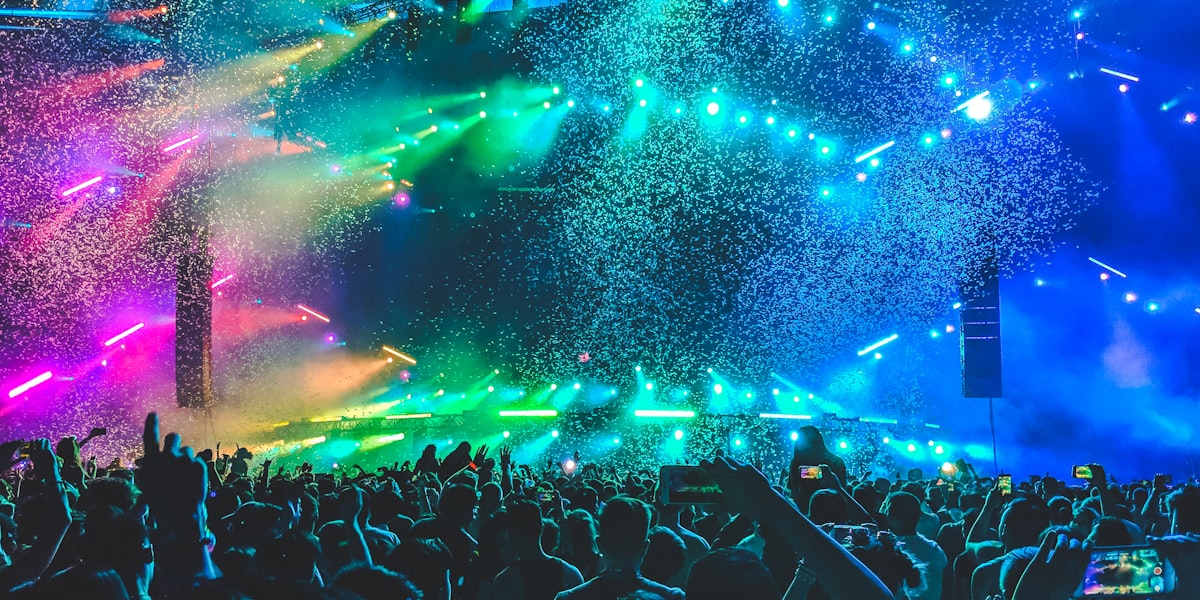The Evolution of AI Music: From Rule-Based Systems to Deep Learning
The journey from the 1957 Illiac Suite to modern Transformers and Diffusion models reveals how each paradigm shift has revolutionized music generation, progressively lowering barriers and democratizing creative tools.

The Genesis: Pre-Deep Learning Era
The creation of music through artificial intelligence began in the mid-20th century with pioneering explorations into algorithmic composition. The core breakthrough was realizing that music's intricate structures could be generated by finite logical rules and mathematical procedures.
The Illiac Suite (1957)
The Illiac Suite for String Quartet stands as the first musical work composed entirely by a computer. Created by Lejaren Hiller and Leonard Isaacson using the ILLIAC I computer, it proved that algorithmic composition was possible.
The suite wasn't generated by a learning model but by meticulously crafted rule-based algorithms, with movements constructed through distinct logical processes: generating melodies, applying variation rules for four-part harmony, and manipulating rhythm according to predefined principles.
Intelligent Systems: David Cope's EMI
In the 1980s, David Cope's Experiments in Musical Intelligence (EMI), often referred to as "Emmy," marked a significant advancement. EMI could analyze works of classical composers like Bach and Chopin, identify their unique stylistic signatures, and generate new compositions convincingly in their style.
This represented a crucial step from simply generating musically plausible sequences to capturing the specific aesthetic of a given composer or genre. The system demonstrated that computational analysis could extract and replicate the essence of musical style.
The Deep Learning Revolution: RNNs and LSTMs
The advent of deep learning in the late 1990s and early 2000s marked a fundamental shift from explicitly programmed rules toward models that could learn complex patterns directly from vast amounts of data.
The LSTM Breakthrough (1997)
Long Short-Term Memory (LSTM) networks, invented by Sepp Hochreiter and Jürgen Schmidhuber, solved the vanishing gradient problem that plagued standard RNNs.
LSTMs introduced a sophisticated gating mechanism with memory cells, input gates, output gates, and forget gates. This allowed networks to dynamically control information flow and retain information over extended periods - crucial for capturing thematic development and structural coherence in music.
For nearly two decades, LSTMs became the dominant architecture for music generation and other sequential tasks. They enabled AI to capture long-term dependencies crucial for musical structure, though they still processed sequences step-by-step, limiting parallelization.
The Transformer Era: Attention Is All You Need
The 2017 publication of "Attention Is All You Need" by Vaswani et al. introduced the Transformer architecture, completely abandoning sequential processing in favor of self-attention mechanisms.
Key Innovation #1
Massive Parallelization: By eliminating sequential processing, Transformers enabled training on much larger datasets with dramatically improved efficiency.
Key Innovation #2
Superior Long-Range Dependencies: Self-attention allows every element to directly attend to every other element, regardless of distance.
Although originally designed for natural language processing, Transformers were quickly adapted for music generation. By treating music as a language—where musical events are analogous to tokens—researchers could apply this powerful architecture to composition.
OpenAI's MuseNet
MuseNet demonstrated the Transformer's capability for music, generating complex multi-instrumental pieces in various styles. The model's ability to process entire sequences in parallel laid the foundation for current large-scale music models like Meta's MusicGen.
The Diffusion Paradigm: Iterative Refinement
The most recent evolution in generative modeling is the rise of diffusion models, first proposed for audio around 2020. This approach is conceptually distinct from the predictive nature of autoregressive models.
The Two-Step Process
Forward Process (Diffusion)
Clean audio is gradually corrupted by adding noise over many steps until it becomes pure random noise.
Reverse Process (Denoising)
A neural network learns to reverse this process, removing noise step-by-step to recover clean audio.
Generation begins with pure random noise. The trained model iteratively applies the denoising process, gradually refining the noise into coherent, high-fidelity audio. This iterative refinement has proven exceptionally effective at producing realistic and detailed outputs.
State-of-the-art models like Stability AI's Stable Audio are built upon this diffusion paradigm, often operating in a compressed "latent" space for computational efficiency.
Historical Timeline: Key Milestones
Illiac Suite
First musical work composed entirely by computer, proving algorithmic composition possible.
David Cope's EMI
Demonstrated advanced style emulation, creating works in the style of classical masters.
LSTM Invented
Solved vanishing gradient problem, enabling models to learn long-term dependencies.
Transformer Architecture
"Attention Is All You Need" introduced self-attention, enabling massive parallelization.
Diffusion Models for Audio
Introduced iterative refinement from noise, leading to state-of-the-art audio fidelity.
MusicLM, MusicGen, Stable Audio
Maturation of hierarchical, autoregressive, and diffusion paradigms for high-quality generation.
Looking Forward
The evolution from rule-based systems to deep learning represents more than technological progress—it's a fundamental shift in how we conceptualize creativity and collaboration between humans and machines.
Each paradigm shift has progressively lowered barriers to music creation, democratizing tools that were once the exclusive domain of experts. Today's models can generate professional-quality music from simple text prompts, making musical expression accessible to anyone with an idea.
The Path Ahead
As we stand at the intersection of multiple architectural paradigms—autoregressive, diffusion, and hybrid models—the future promises even more sophisticated systems that can:
- •Understand and execute complex musical theory
- •Generate full-length compositions with structural coherence
- •Collaborate in real-time with human musicians
- •Preserve and celebrate diverse musical traditions globally
References & Further Reading
[1] Hiller, L., & Isaacson, L. (1957).Illiac Suite for String Quartet
[2] Hochreiter, S., & Schmidhuber, J. (1997).Long Short-Term Memory. Neural Computation
[3] Vaswani, A., et al. (2017).Attention Is All You Need
[4] OpenAI (2019).MuseNet: Generating Musical Compositions